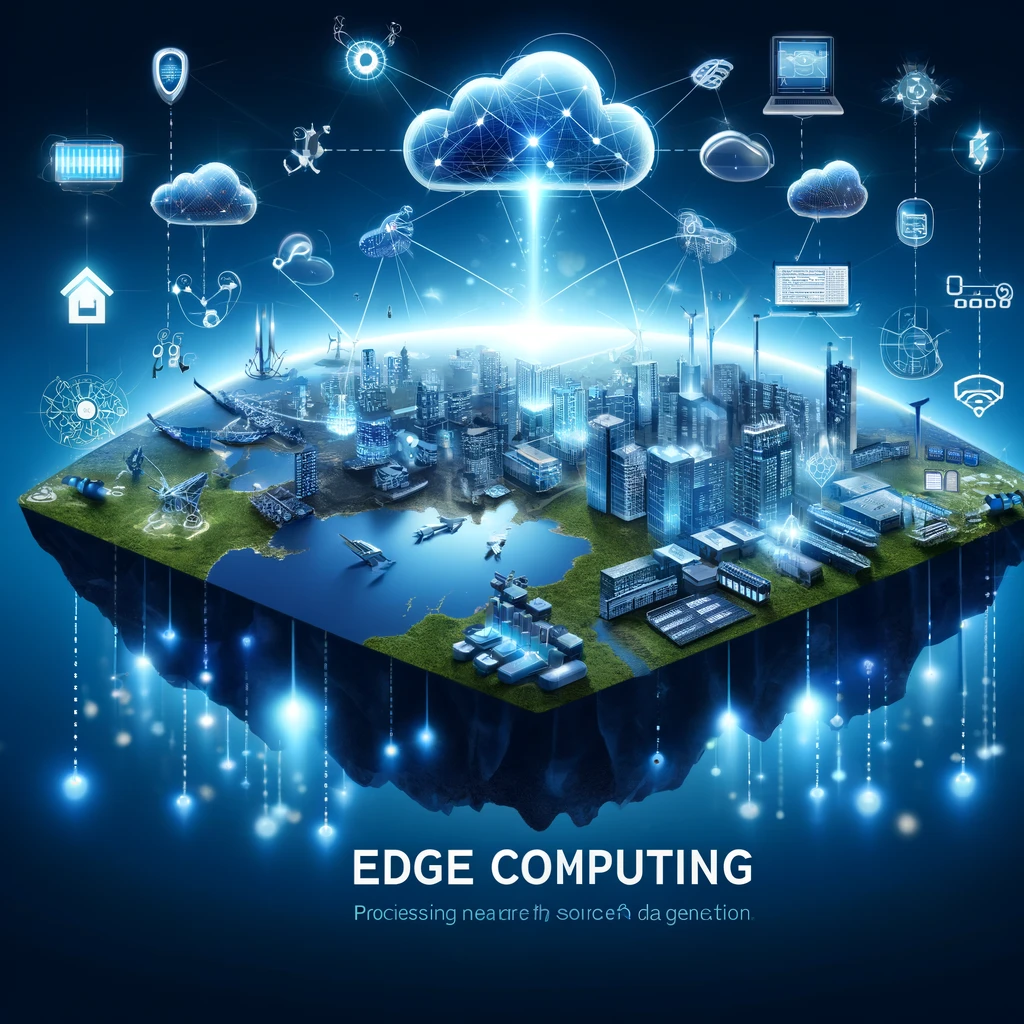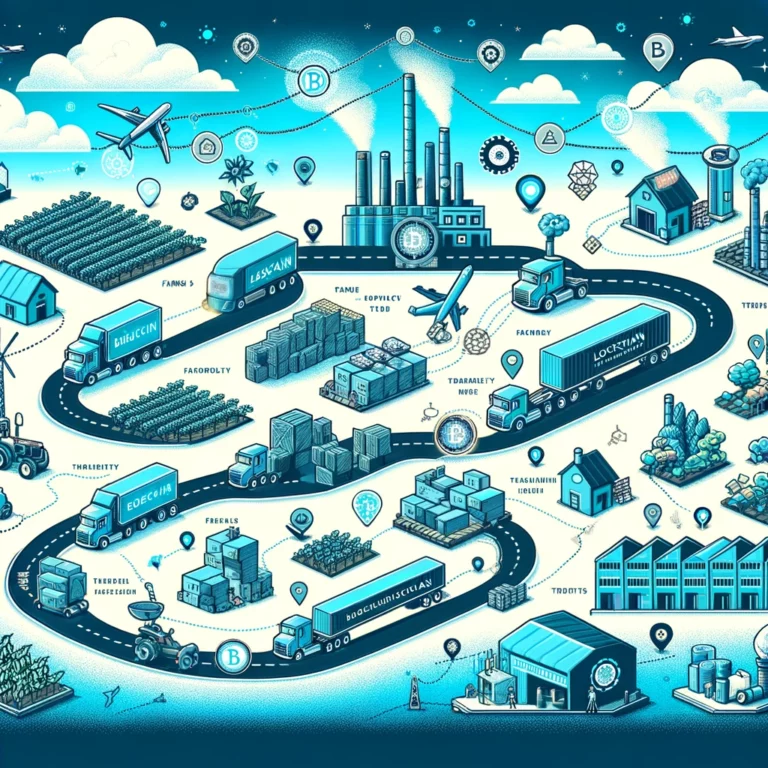Edge Computing Advantages: Unleashing the Power of Distributed Computing
Introduction:
In the era of digital transformation, where data has become the lifeblood of industries, the emergence of edge computing has introduced a paradigm shift in how we process and analyze information. Edge computing represents a departure from traditional centralized cloud computing, bringing computation closer to the data source. This article explores the multitude of advantages that edge computing offers, from enhanced speed and efficiency to improved security and scalability.
1. Low Latency and Improved Speed:
a. Real-Time Processing:
One of the primary advantages of edge computing is its ability to process data in real-time. By bringing computation closer to the data source, edge devices can analyze information locally without the need to transmit it to a distant cloud server. This significantly reduces latency, ensuring that critical applications, such as autonomous vehicles, augmented reality, and IoT devices, operate with minimal delays.
b. Enhanced User Experience:
For applications where responsiveness is paramount, such as online gaming, video streaming, or interactive experiences, edge computing provides an unparalleled advantage. The near-instantaneous processing of data at the edge enhances user experience, eliminating the lag that can detract from the quality of services delivered over traditional cloud-based architectures.
2. Bandwidth Optimization:
a. Reduced Network Congestion:
Edge computing alleviates the strain on centralized cloud servers and networks by distributing computing tasks closer to the data source. This reduces the need to transmit large volumes of data to and from a centralized cloud, minimizing network congestion and optimizing bandwidth usage. It is particularly beneficial in scenarios where bandwidth is limited or costly.
b. Efficient Data Transmission:
For applications generating massive amounts of data, such as video surveillance or industrial IoT, edge computing allows for more efficient data transmission. Only relevant or processed data needs to be sent to the cloud, reducing the burden on network infrastructure and conserving bandwidth for essential communications.
3. Enhanced Security and Privacy:
a. Local Data Processing:
Edge computing enhances data security by processing sensitive information locally on edge devices. This reduces the risk of exposing critical data during transit to a centralized cloud server. Industries dealing with sensitive data, such as healthcare and finance, benefit from the added layer of security provided by edge computing.
b. Data Sovereignty Compliance:
Edge computing facilitates compliance with data sovereignty regulations. By keeping data processing local, organizations can adhere to regional data protection laws and regulations, ensuring that sensitive information remains within specified geographic boundaries.
4. Scalability and Flexibility:
a. Distributed Architecture:
Edge computing enables a distributed architecture where computation occurs across a network of edge devices. This distributed approach enhances scalability, allowing organizations to seamlessly add or remove edge devices based on demand. This flexibility is crucial for handling dynamic workloads and adapting to changing business requirements.
b. Resource Optimization:
With edge computing, organizations can optimize resource usage by deploying specific computing resources to edge devices based on the requirements of individual tasks. This targeted resource allocation enhances efficiency and reduces the need for overprovisioning of centralized cloud resources.
5. Reliability in Unstable Environments:
a. Resilience to Network Failures:
In environments with unreliable or intermittent network connectivity, edge computing ensures continued operation. Edge devices can perform local processing even when disconnected from the cloud, maintaining the functionality of critical applications in scenarios where network failures or disruptions occur.
b. Mission-Critical Applications:
Industries such as manufacturing, energy, and transportation, where operations are time-sensitive and mission-critical, benefit from the reliability provided by edge computing. The ability to process data locally ensures uninterrupted operation, reducing dependency on continuous cloud connectivity.
Conclusion:
The advantages of edge computing outlined in this article paint a compelling picture of a transformative technology that is reshaping the way we approach data processing and analysis. From low latency and improved speed to enhanced security, scalability, and reliability in challenging environments, edge computing offers a versatile solution to the evolving needs of modern industries. As organizations continue to embrace digital transformation, the adoption of edge computing is becoming increasingly integral to achieving a competitive edge in a data-driven world.







